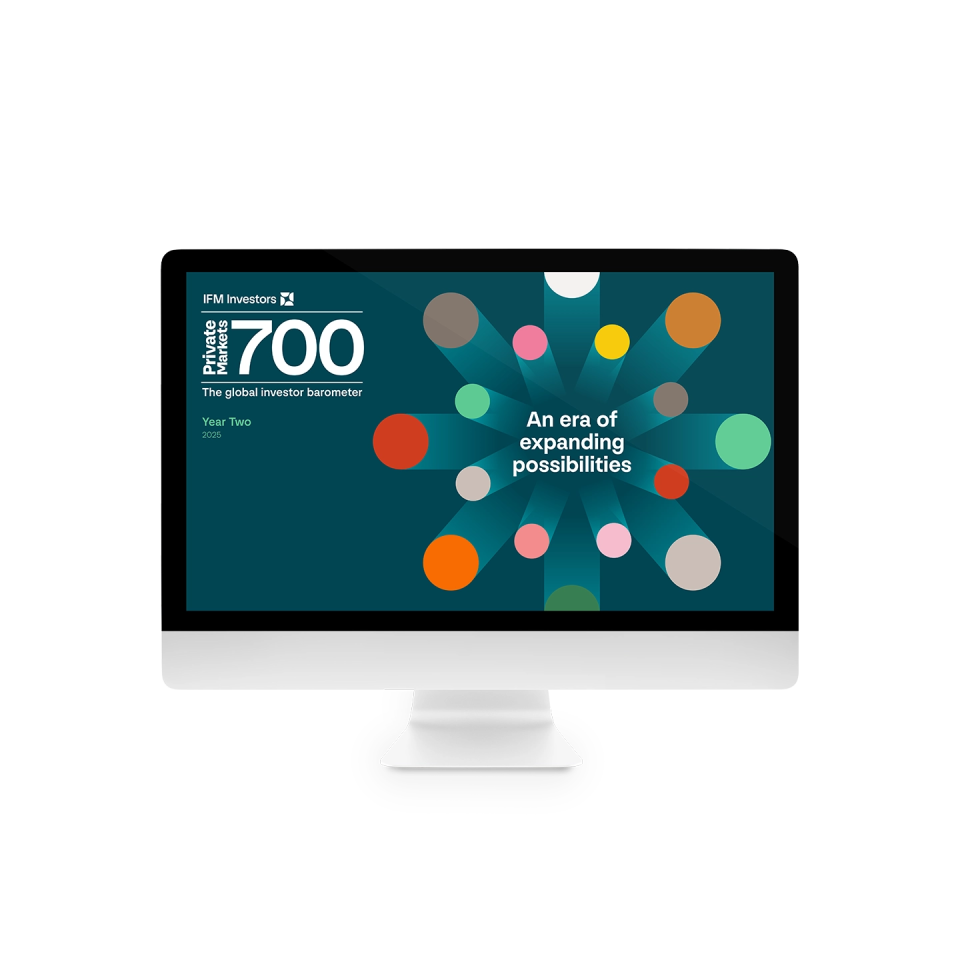
Access Private Markets 700 research
Private Markets 700 - 2025 research & trends
New research shows institutional investors are asking more from their private markets' allocations – more risk management, higher returns and more sophisticated solutions. Explore the latest private markets trends and strategies, according to 700+ investors.
